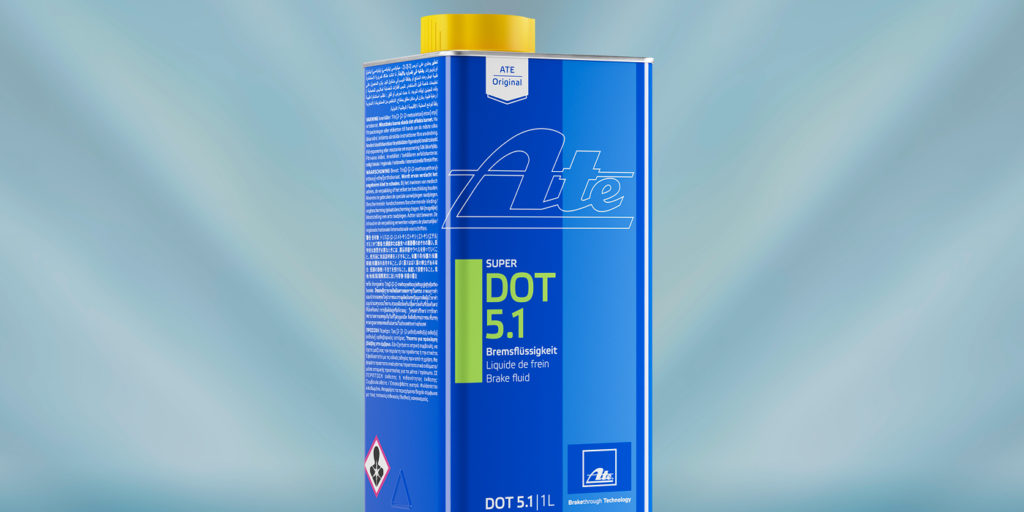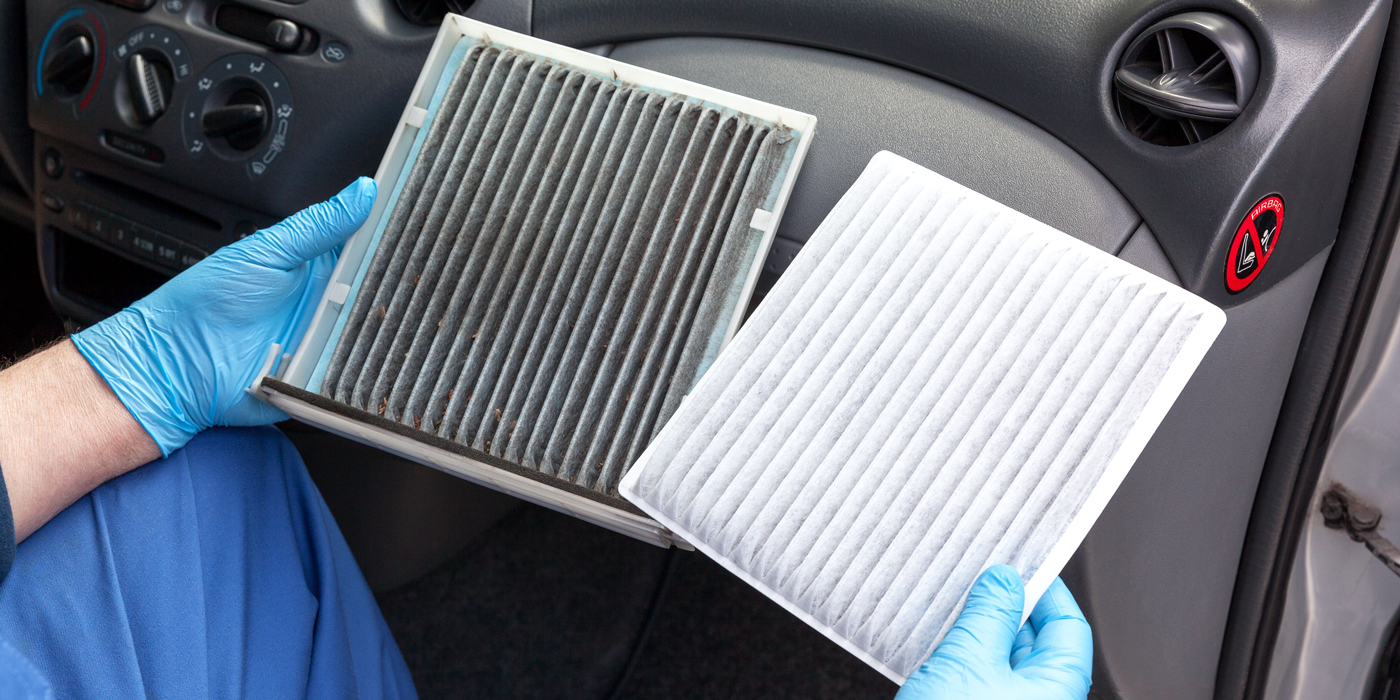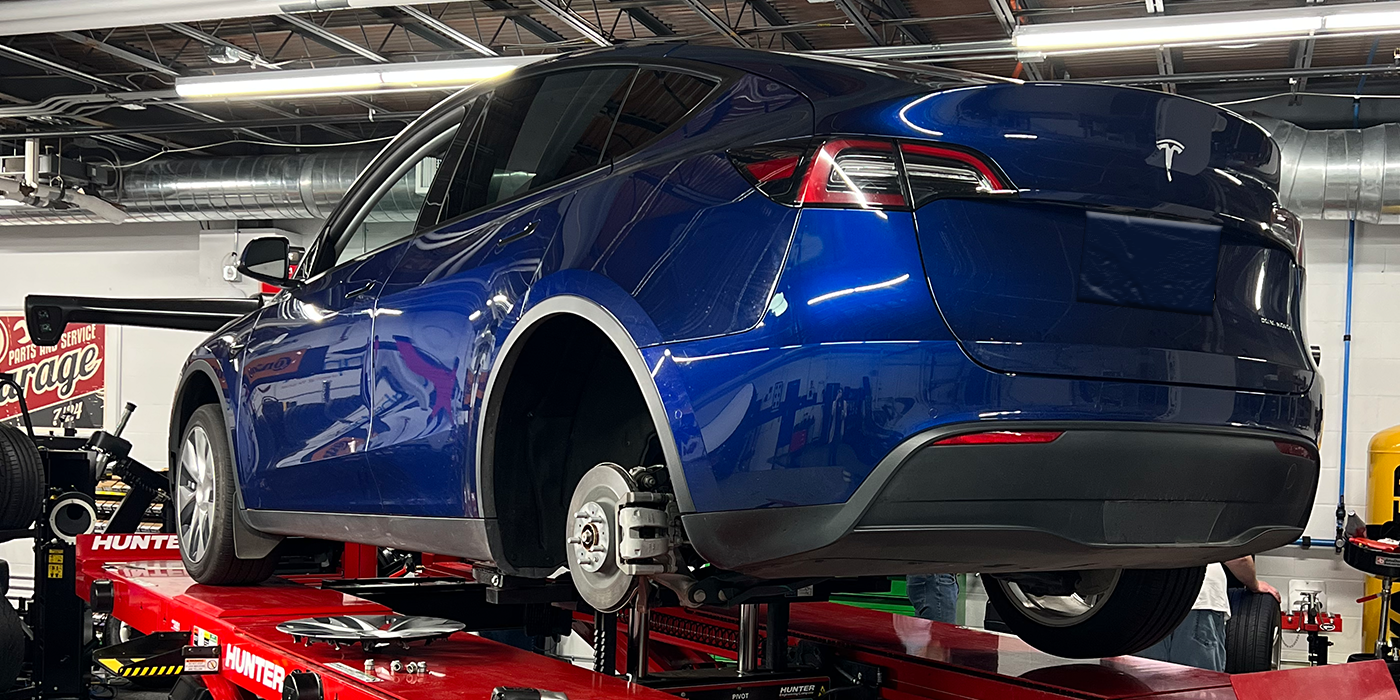Continental has expanded its portfolio of ATE brake fluids for the automotive aftermarket with its new OE quality ATE Super DOT 5.1.
This DOT brake fluid features a high wet boiling point and excellent flowability (viscosity) even in very cold operating conditions.
“More and more carmakers are specifying DOT 5.1 for their vehicles, and we want to make sure that this new manufacturer-recommended brake fluid is readily available as a replacement fluid for our aftermarket customers in the U.S. and Canada,” said Dan Caciolo, head of product management for engine management & brake systems.
Continental says ATE Super DOT 5.1 premium brake fluid combines a high wet boiling point of 356°F and good viscosity at very low temperatures. With a maximum of 750 mm²/sec. at -40 °F, ATE Super DOT 5.1 viscosity values exceed even those of ISO Class 6, which the company says are well above the specifications for DOT 5.1 class brake fluids.
ATE Super DOT 5.1 complies with international specifications and is available in 1L, 5L and 20L sizes. ATE Super DOT 5.1 is a glycol ether-based brake fluid and must never be mixed with silicone-based DOT 5 class brake fluids.
Continental also recommends that technicians should always change brake fluid in accordance with the manufacturer’s instructions and only use the specific brake fluid recommended by the OEM.














